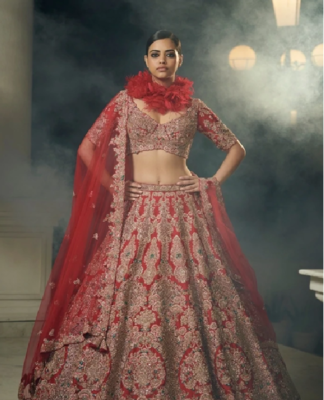What the name implies, water-soluble graphite putty is essential: soft, kneadable graphite that may be activated with water. It’s a fresh take on the more conventional sketching and doodling supplies. Graphite is sometimes disregarded by artists, particularly painters, because of its traditional, possibly monotonous reputation. However, this material’s distinctive and liberating design may provide your creativity with a whole new range of possibilities.
Although almost everyone has handled a graphite pencil previously, not many people are familiar with the more eccentric brother of the graphite pencil, graphite putty from brands like ArtGraf.
How Is Graphite Made?
The first graphite “pencils” were just unprocessed earthen graphite pieces. Its primary use at this time was to mark sheep. However, natural resources were depleted as graphite demand rose. The instrument we currently know as a graphite pencil was created via modifications to manufacturing processes. To produce pencils on a large scale, pencil producers started combining clay, wax, and graphite powder. Today, carbon-containing materials are heated to extremely high temperatures to create synthetic graphite. A synthetic substance with a far better purity than natural graphite is produced using this process.
You can use graphite in the following two forms:
Graphite Pencils: For most artists, classic standard graphite is the most popular option. There are also coloured graphite pencils that you may use to give your works a splash of colour. These pencils are created by manufacturers like ArtGraf, utilising a mixture of graphite powder and trace quantities of colour. These pencils often provide soft colour while keeping graphite’s reflecting properties.
Graphite Blocks: Graphite Blocks are simply graphite blocks sans the wooden pencil case. Some of these are shaped like pencils, while others are packaged in blocks that resemble pastels. To keep your hands clean, most woodless pencils include a paper band or coating on the sides. As you use the pencil, you may physically peel this away or use a sharpener.
With this tool, you are not restricted to making your markings on a tiny graphite strip. Instead, you may utilise the entire woodless pencil tip and the block’s sides and edges. It works well if you want to make strong graphite markings or strokes.
Water-soluble graphite is an art drawing medium that thoroughly engages the senses. It’s the ideal resource to utilise when you want to let loose and have fun! This art supply is wonderfully bizarre, unusual, and surprising, much like artists. It serves as a reminder to artists like you that exploring new things is fun and that having fun is healthy. If you’re debating whether it’s worthwhile to give it a shot, it most certainly is! It has so much potential to introduce you to methods that could become your go-to tools, even if it doesn’t. For example, you may create a wide range of grey tones using pencils of different grades. The lightest pencils are those with an H rating, while the darkest are those with a B grade.
By layering and utilising a variety of pencil grades, you may produce greys that are more vibrant and have a more excellent contrast between light and dark. The majority of sketching sheets are suited for using graphite. Compared to charcoal, which is dustier, it adheres better, so you won’t need much fixative, if any at all. Consider investing in water-soluble graphite as both efficient and wise.























